You probably know the fateful sound of a car that won’t start, “rrur, rrur, rrur…” At that moment, you wish you had replaced your car battery sooner. But, even though we should, most of us don’t. Car batteries wear out from old age, exposure to heat and repeated charging and discharging. No matter what you do, your battery will need to be replaced every few years. But not all car batteries are the same in quality, construction or specification. Here’s how to pick a car battery.
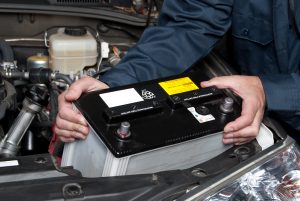
How does a battery start a car?
First, let’s back up to understand what car batteries do.
When you start your vehicle, an electric motor rotates the engine to initiate the internal-combustion cycle. After the engine is running, the starter motor disengages. The electrical energy used at startup comes from the battery, and it becomes somewhat depleted from the effort. However, with the engine running, the alternator can recharge the battery. If your battery fails, it will not have the muscle to start your car, leaving you stranded and searching for a jump start.
Energy in a box
Technically, car batteries do not store electrical energy. They hold chemical energy that is released as electrical energy.
Lead-acid batteries have been the standard car battery for decades. They feature two metal plates, one lead and the other lead oxide, submerged in an electrolyte solution of sulfuric acid. That simple configuration comprises a cell.
Batteries are made by linking a group of cells together. The medium used to hold the sulfuric acid solution within each cell is the primary difference in designs.
The primary types of car batteries are flooded, gel and absorbed glass mat (AGM).
Flooded batteries
Flooded batteries are the traditional type of lead-acid battery.
Modern versions are most often sealed and designed to be maintenance-free. Batteries once required car owners to periodically top off the water in the battery cells.
Low-maintenance batteries retain their fluid for the life of the battery, and the caps on these models aren’t meant to be removed. There are still some batteries that can be topped off with distilled water and, if properly maintained, may last longer in hot climates.
Gel batteries
Gel batteries are essentially the same as flooded batteries.
The main difference is that the solution in each cell is gelatinous, making the battery more stable and resistant to vibrations and splashing. It’s also leakproof in the event the plastic battery housing cracks or breaks. However, gel batteries are more susceptible to voltage irregularities and can’t be refilled; once the electrolyte degrades the battery must be replaced.
AGM
Absorbed glass mat (AGM) batteries are the most efficient and durable lead-acid battery design.
AGM batteries use a fiberglass separator to keep the electrolyte from sloshing or vibrating. The design is extremely stable and able to function in any position, even upside down. They also resist freezing better than traditional lead-acid batteries.
Since gel and AGM batteries are sealed, the oxygen and hydrogen gases that form during discharge do not escape. Instead, they are reabsorbed into the electrolyte solution, which increases battery life. These battery styles are also capable of faster discharge, providing more starting power from smaller batteries.
AGMs are built to better withstand repeated draining and charging cycles than traditional batteries. They are becoming standard equipment in more cars due to power demands from things like electronics, fuel-saving stop-start systems and power outlets for mobile devices.
AGMs can cost up to twice as much as other batteries. But the extra cost is probably worth it, especially if you store your vehicle for long periods. AGM batteries can tolerate a deep discharge better and are more likely to make a full recovery when accidentally drained.
Car battery jargon
To know how to pick a car battery, it helps to have a little knowledge about the various terms and numbers you will encounter as you compare products.
Cranking Amps
Cranking amps (CA) is the measure of the maximum output of a battery at 32°F (0°C).
Cold-Cranking Amps
Cold-cranking amps (CCA) is a measure of the amperage the battery can put out at 0°F (-17.7°C) for 30 seconds without dropping below 7.2 volts. It’s the most important metric for a battery and is the primary spec to use for selecting the right battery for your vehicle.
The CCA number you need depends on the vehicle and how cold it can get where you live. Always purchase a battery with at least as many CCAs as your vehicle manufacturer recommends. However, consider upgrading to a battery with more cold-cranking amps if you live in a place that sees frigid temps.
Cold starts
Two factors work against each other when you attempt to start your engine on a cold day.
First, a cold engine is more difficult to turn over, primarily because motor oil thickens when it’s cold, requiring more power to move gears and other components through the viscous fluid. A quality motor oil like AMSOIL Signature Series Synthetic Motor Oil that resists thickening in cold temps can help mitigate this issue.
Second, the chemical reaction inside the battery that enables energy storage and release slows in cold temperatures, meaning your battery has less output when you need the cranking amps most. In fact, at 32°F (0°C) a car battery loses about 35% of its output. And at 0°F (-17.7°C) it loses up to 60% of its strength. Meanwhile your engine can require almost twice as much power to start.
It’s worth noting that cold is not the real enemy of battery life – heat is. Battery damage done in the summer months reveals itself in the winter months. For that reason, if you live in a wintery place, fall is the perfect time to test your battery.
Reserve Capacity
Reserve capacity (RC) measures how many minutes the battery can maintain a constant 25 amperes discharge at 80°F (26.7°C) before the battery is depleted down to 10.5 volts. The metric is reported in minutes; the higher the RC, the longer the battery will last without a charge.
Reserve capacity is used for both starting and deep-cycle batteries. It has become more important in recent years as vehicles have been equipped with computers, remote starters, security systems and other electronics that cause parasitic drain while the engine is not running. It may also save you hassle if you accidentally leave the headlights on. Reserve power needs are magnified with vehicles used for short runs that are not long enough to fully recharge the battery.
Select a battery that meets the reserve capacity recommendations in your owner’s manual. Consider a new battery with additional reserve power if your personal needs or driving habits might benefit from it.
That said, don’t simply select the battery with the longest reserve capacity you can find. Consult your owner’s manual for the recommended reserve capacity rating for your vehicle and choose a battery that falls within the recommended range.
Amp hour
An amp hour (Ah) is a measure of the amperage capacity, or total charge a battery can hold. This metric is mostly used for deep-cycle batteries. Amp hours are equal to the amps a battery can provide times the number of hours it can provide that power. For example, a battery with a 100Ah rating might provide 5 amps for 20 hours.
How to pick a car battery: different battery types
There are two primary types of car batteries.
Starting batteries
Starting batteries are designed to put out bursts of energy, or cranking amps, to get your car started. These batteries function by using a larger number of thinner lead plates to quickly release more amps.
Deep-cycle batteries
Deep-cycle batteries provide a steady draw of power over a longer period of time. They are typically found in boats, campers, golf carts and show cars to run lights and music for long periods of time. They function by using fewer but thicker plates. Each plate can store more energy but can’t release it as fast. In fact, only 25% of the rated amperage can be released in one burst.
When to replace your car battery
If you’re stranded with a vehicle that won’t start, you may be forced to make a hasty purchase.
Being proactive about battery maintenance will allow you to research and compare.
According to AAA, batteries generally last three to five years, with batteries in colder regions lasting longer than batteries in warmer places.
Frequent high temperatures are tough on batteries, increasing plate corrosion and more quickly vaporizing the electrolyte.
It’s a good idea to have your battery load-tested after two years of service in warm locations and after four years in colder regions. These tests will measure the battery’s ability to hold a charge – and the results will let you know when it’s time to start shopping.
Since batteries last three to five years depending on your region, the age of the battery is also a decent metric for considering replacement.
How to pick a car battery: quick tips
Cheap can be expensive
You may be tempted to buy the cheapest battery available. Don’t do it. Cheap batteries tend to perform less reliably while they are in your vehicle and require more frequent replacement. A quality battery will likely save you money and hassle in the long run.
Battery brands
Three companies manufacture most of the batteries sold in the U.S. Johnson Controls supplies more than half of the market while Exide and East Penn share the remainder. They are built to the specifications of retailers, so performance can vary. Most stores will test, install and match a battery to your car’s needs.
Fresh is better
As we discussed, batteries lose strength over time, even in storage. Don’t pay for a battery that’s sat on a store shelf long enough to lose performance or longevity. Make sure the battery you purchase is less than six-months old. Three months is even better.
The date can be found on a sticker on the top or side of the battery. A battery made in July 2021, for example, will have a numeric code of 7/21 or an alphanumeric code of G-1. The code uses “A” for January, “B” for February, etc., with the letter “I” skipped. The number is the last digit of the year.
Battery fit
Make sure you get the right size, terminal locations and battery type for your vehicle. Check your owner’s manual or an in-store fit guide for this information.
Connections
Before you pick a car battery, make sure your vehicle’s battery cables have a tight, clean connection with the battery terminals.
Loose or corroded cable connections can behave like a dead battery and create a no-start situation. Make sure to clean your battery terminals periodically and consider applying battery-terminal grease to help prevent corrosion.
One excellent option for that is AMSOIL Heavy-Duty Metal Protector. It creates a protective coating on terminals that protects against corrosion. Check out this post for a step-by-step guide for cleaning your battery terminals.
Warranty
It is important to choose a battery with the longest free-replacement period you can get. A battery’s warranty is broken down into two periods, the free-replacement and a partial-reimbursement. For example, the warranty period might be 75 months with 18 months of free replacement.
Recycle
Don’t forget to recycle. Batteries contain toxic lead and acid that can easily be recycled. Most retailers will recycle your old battery when you purchase a new one. It’s likely you will pay a deposit fee when you purchase your battery that will be refunded at the end of its life.
Be proactive
Making sure your battery is in good condition is critical for ensuring your vehicle will start when you need it to. By paying attention to your battery’s age, testing on schedule and replacing proactively, chances are you will avoid the hassle that a dead battery can cause. And, now you know how to pick the best car battery.
Updated. Originally published Aug. 9, 2017.
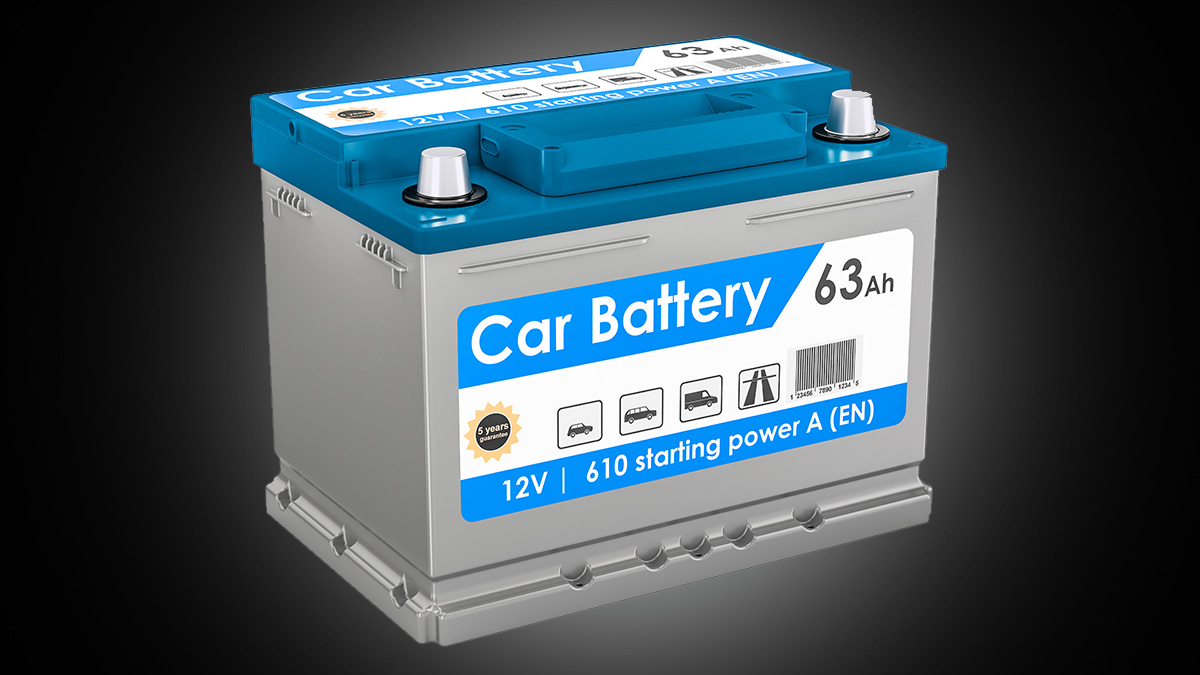
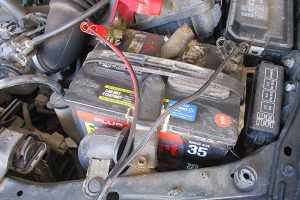
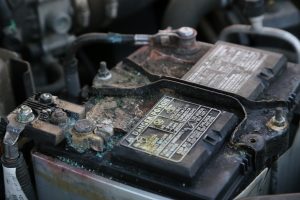



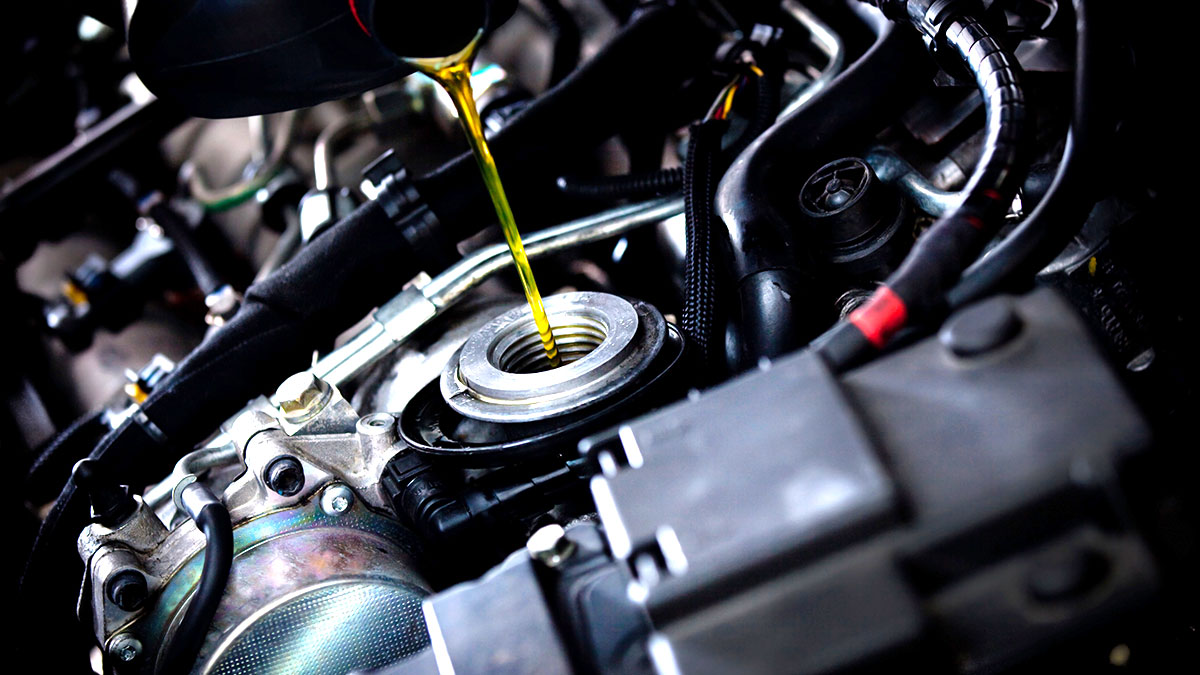
Comments
Share: